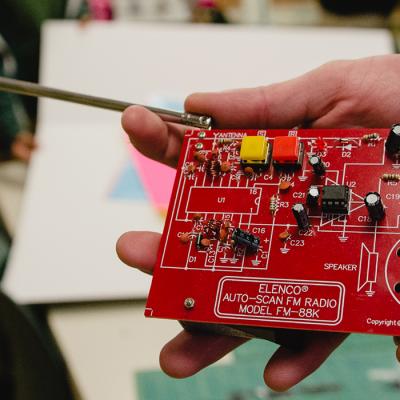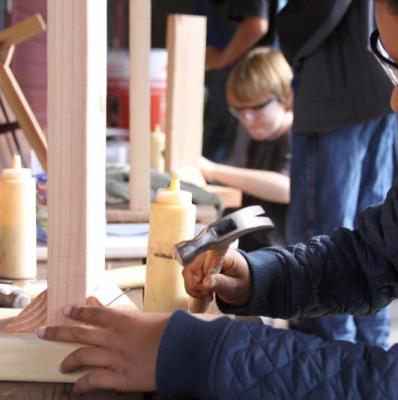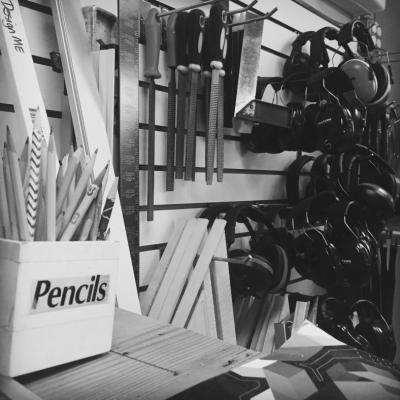This practice is designed to deepen learners’ sensitivity to design through drawing, observing, questioning, and collaborating.

This practice is designed to deepen learners’ sensitivity to design through drawing, observing, questioning, and collaborating.


这个思考模式鼓励学生在一个特定的系统里思考不同人物的观点。其目标是帮助学生理解系统里的不同角色,他们会用什么形式去表达感受以及对系统里其他人物和事物的关心。
這個思考模式鼓勵學生從多方面思考,為一件物品/系統思考各種新的可能性。然後再鼓勵學生把新想法融合起來,決定一個有效率的方法去完善,重新設計,和拆解物件/系統。最終,這個思考模式是用於尋找新的設計機會以及實施新的想法的。

The maker movement is no doubt still trending. But what’s driving this resurgence in the inclination to make? And is it a part of a larger socio/economic shift to a shared, participatory culture?

In this picture of practice essay, educators Ilya Pratt and Jeanine Harmon share a community “Design + Build” project. Fourth and fifth grade students from North Oakland Charter School and Park Day School find an opportunity to work together to build T-Stools for classrooms.

This routine encourages learners to consider the different and diverse perspectives held by the various people who interact within a particular system.

这个思考模式鼓励学生能够慢下来,仔细观察其中一个系统。通过这样帮助学生更好地认识具体系统里无论是直接或间接相关的人物,学生也会注意到系统里任何一点变化,也许都会有意无意地影响到系统的其它方面。

A resource for learners to explore the ways you can use the Agency by Design Framework and Making Moves/Indicators.

Thi Bui teaches art and multimedia at Oakland International High School, a public high school for immigrants students’ where command of the English language is one of the last things to be taken for granted.